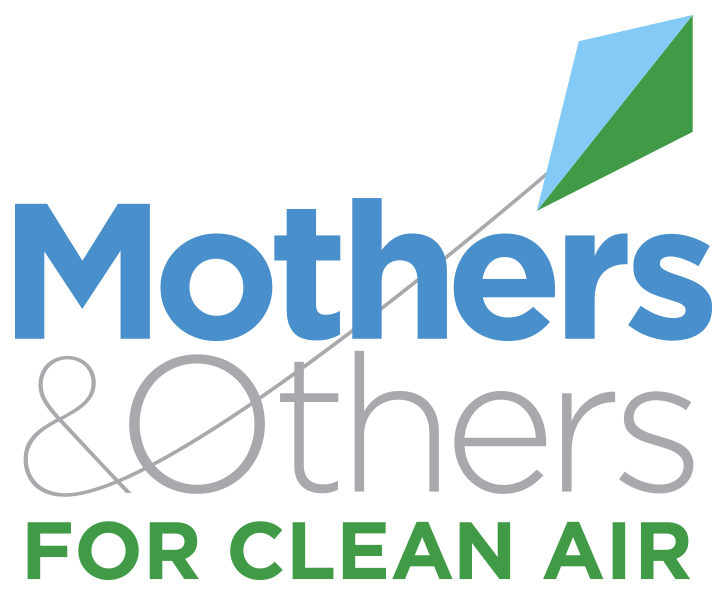Most US studies of mortality and air pollution have been conducted on largely non-Hispanic white study populations. However, many health and mortality outcomes differ by race and ethnicity, and non-Hispanic white persons experience lower air pollution exposure than those who are non-Hispanic black or Hispanic. This study examines whether associations between air pollution and heart disease mortality differ by race/ethnicity. METHODS: We used data from the 1997 to 2009 National Health Interview Survey linked to mortality records through December 2011 and annual estimates of fine particulate matter (PM2.5) by census tract. Proportional hazards models were used to estimate hazard ratios and 95% confidence intervals between PM2.5 (per 10 μg/m3) and heart disease mortality using the full sample and the sample adults, which have information on additional health variables. Interaction terms were used to examine differences in the PM2.5-mortality association by race/ethnicity. RESULTS: Overall, 65 936 of the full sample died during follow-up, and 22 152 died from heart disease. After adjustment for several factors, we found a significant positive association between PM2.5 and heart disease mortality (hazard ratio, 1.16; 95% confidence interval, 1.08-1.25). This association was similar in sample adults with adjustment for smoking and body mass index (hazard ratio, 1.18; 95% confidence interval, 1.06-1.31). Interaction terms for non-Hispanic black and Hispanic groups compared with the non-Hispanic white group were not statistically significant. CONCLUSIONS: Using a nationally representative sample, the association between PM2.5 and heart disease mortality was elevated and similar to previous estimates. Associations for non-Hispanic black and Hispanic adults were not statistically significantly different from those for non- Hispanic white adults.
Parker, J. D., Kravets, N., & Vaidyanathan, A. (2018). Particulate matter air pollution exposure and heart disease mortality risks by race and ethnicity in the United States. Circulation, 137(16), 1688–1697. https://doi.org/10.1161/CIRCULATIONAHA.117.029376
